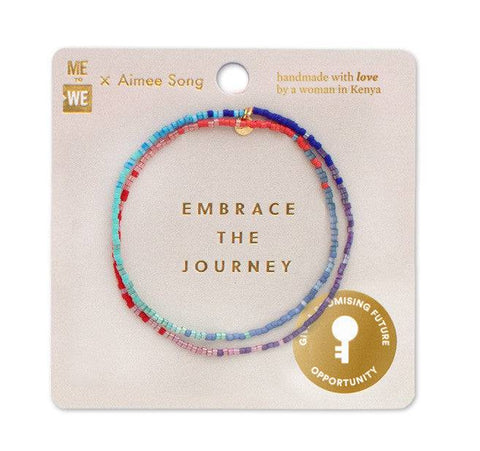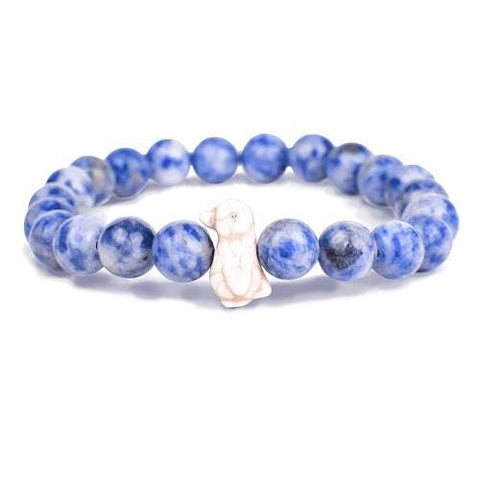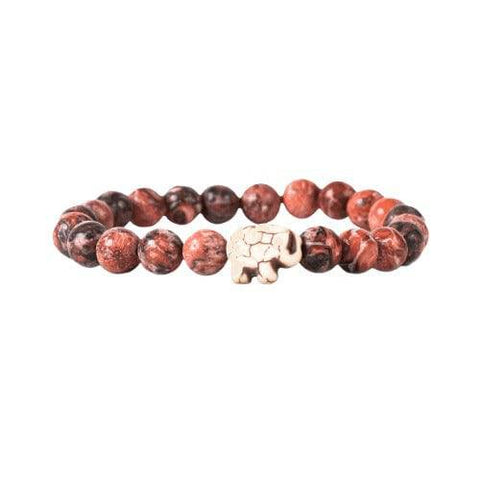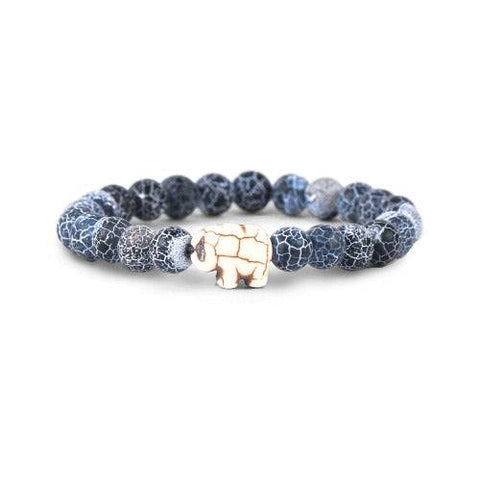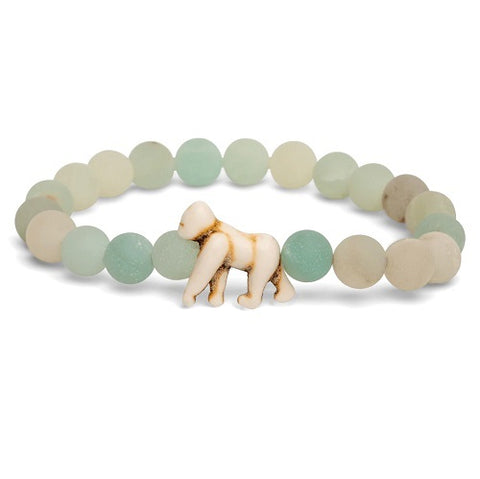
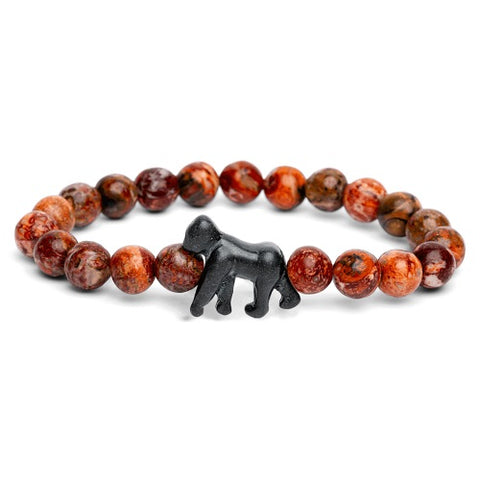
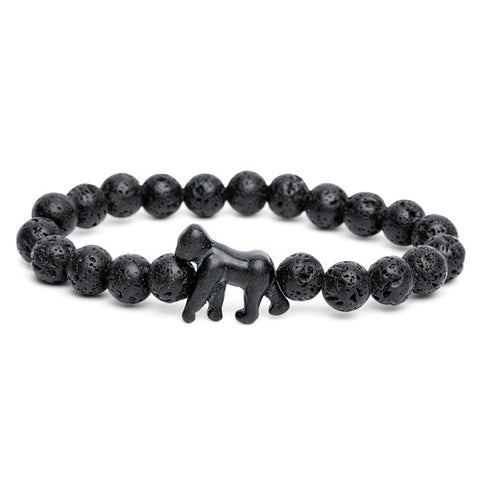
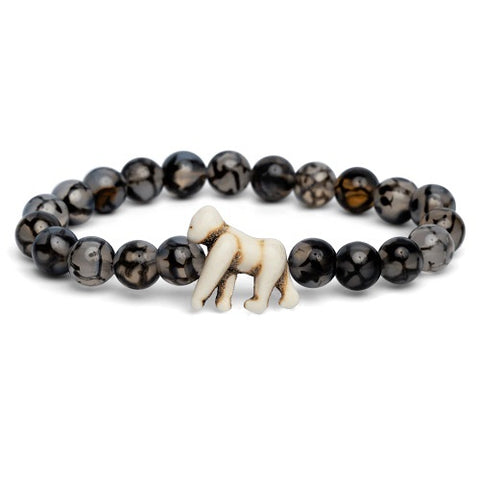
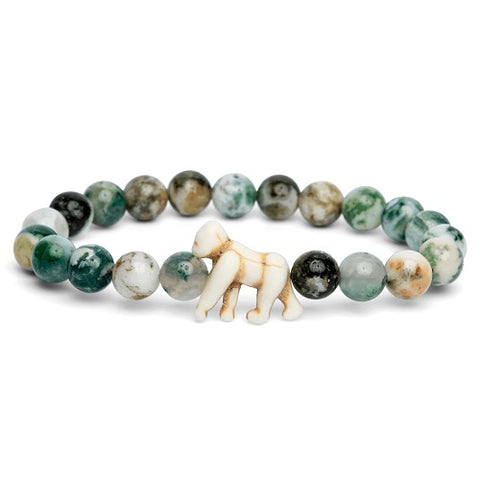
Fahlo The Traverse Bracelet Gorilla
- Canada 1-10 business days after your order leaves the warehouse and is dependent on your region.
- United States 4-14 business days after your order leaves our warehouse.
For more info, visit our shipping page.
It is important to us that you are satisfied with the items you receive. We now provide refunds for products that are returned within 60 days of the order date. *
* Exceptions apply. Please review product return exceptions and guidelines
Fahlo The Traverse Bracelet Gorilla
A portion of all proceeds are donated to the Dian Fossey Gorilla Fund, who dedicate their work to the conservation, protection, and study of gorillas in Africa. Your purchase helps further their mission alongside collaboration with local governments, communities, and global partners.
Features
- Learn your Gorilla's name, and get their picture
- Gain knowledge of their amazing stories
- Follow their incredible journey on an interactive tracking map
FAQ
Q1) Why are gorillas tracked?
Per our partners at the Dian Fossey Gorilla Fund, the gorillas are tracked to ensure their ongoing protection and to better understand their behaviour, ecology, genetic diversity, and habitat requirements—all of which is essential to developing effective conservation strategies. Their holistic approach is founded on four key pillars: daily gorilla protection, scientific research, training conservationists in Africa, and helping local communities to ensure the future of gorilla conservation for generations to come. The Fossey Fund protects two of the four gorilla subspecies: the critically endangered Grauer’s gorillas in the eastern Democratic Republic of the Congo, and the endangered mountain gorillas in the Virunga mountains of Rwanda.
Q2) How many gorillas are left in the wild?
The two subspecies tracked by the Fossey Fund—mountain gorillas and Grauer’s gorillas—are endangered and critically endangered, respectively. A population of just over 1,000 mountain gorillas remains, while the Grauer’s gorillas in the Democratic Republic of the Congo have about 6,800 remaining – having lost 60% of their population in recent decades.
Q3) Do male gorillas help care for their young?
Just like human dads, gorilla dads know how to have fun with their little ones! They are incredibly patient, often acting as jungle gyms for infants who lay on and roll off their backs. Silverbacks (adult males) spend time caring for and socializing with older infant gorillas, even though they don’t know which baby is theirs.
One famous example is the silverback Cantsbee, who was known to “babysit” five or six infants while their mothers were foraging. Research has also shown that blackback (immature) males who spend more time playing with infants and juveniles are more likely to sire offspring once they become silverbacks.
























